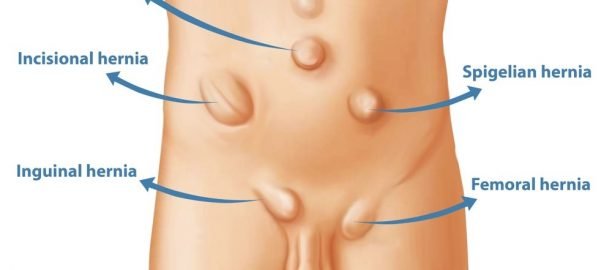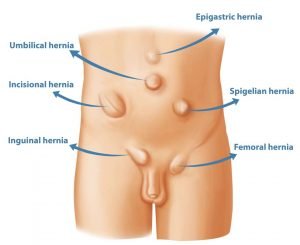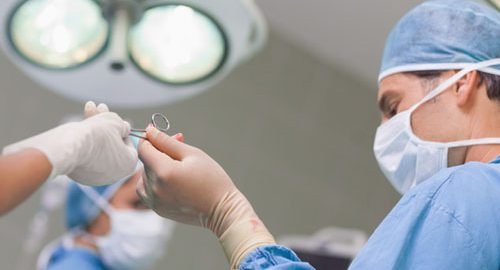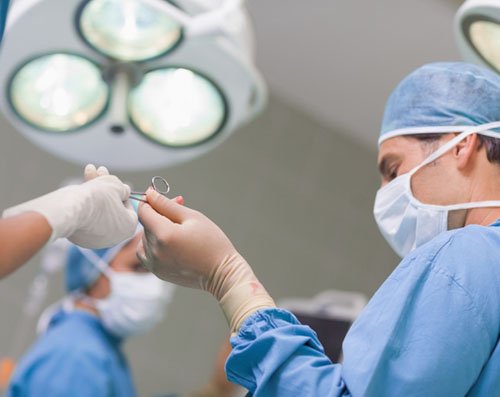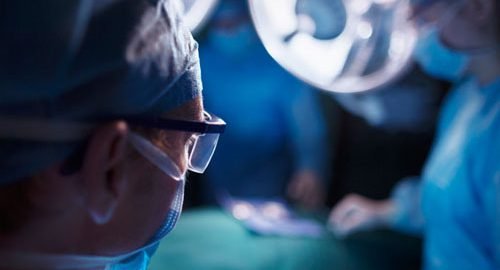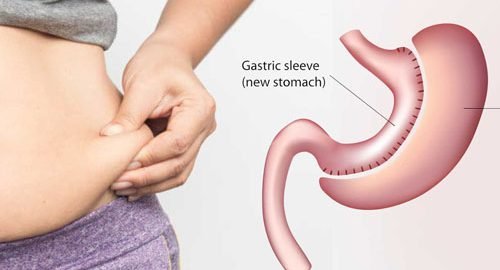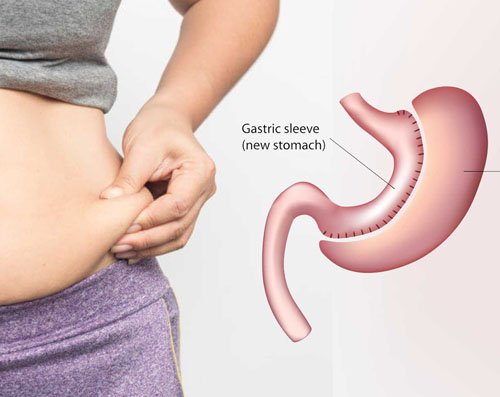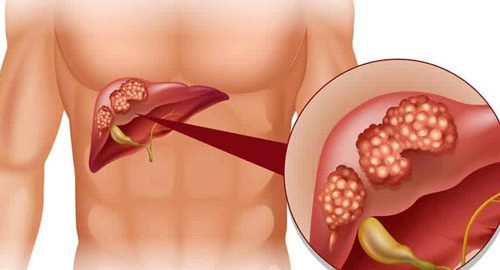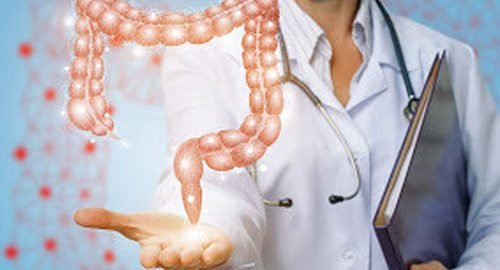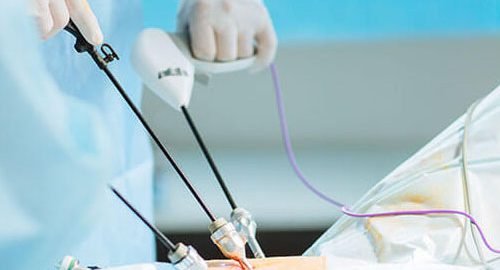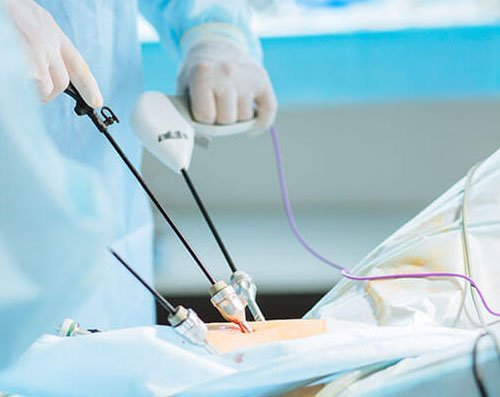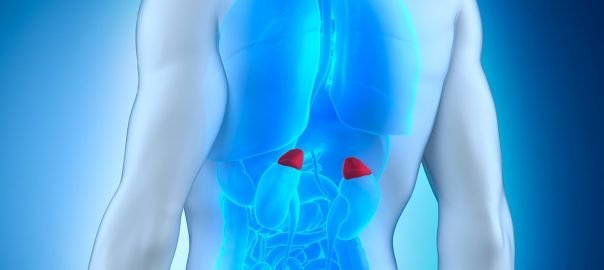Piles, also known as hemorrhoids, are swollen blood vessels in the rectal and anal area. They can cause discomfort, pain, and bleeding during bowel movements. While traditional treatments like creams, ointments, and surgery have been used for years, technological advancements have introduced a more modern and effective approach: piles treatment by laser in Delhi. Dr. Mohit Jain, a renowned surgeon in Delhi, offers a simplified explanation of the laser treatment and addresses common questions to help laymen understand the procedure better.
Understanding Piles and Their Causes:
Piles occur when the blood vessels in the rectal and anal region become swollen and inflamed. There are two main types of piles:
- Internal Piles: These are located inside the rectum and usually do not cause pain but may lead to bleeding during bowel movements.
- External Piles: These are situated around the anus and can cause pain, itching, and discomfort.
Common causes of piles include straining during bowel movements, chronic constipation or diarrhea, a sedentary lifestyle, and pregnancy.
Overview of Laser Treatment for Piles:
Laser treatment for piles in Delhi is a minimally invasive procedure that uses a focused beam of light to shrink and seal the swollen blood vessels, reducing the size of the piles. This technique offers several advantages over traditional treatments:
- Non-Surgical: Unlike conventional surgery, laser treatment does not involve cutting or stitching, resulting in less pain and faster recovery.
- Precise and Targeted: The laser precisely targets the affected blood vessels, leaving surrounding tissues largely unaffected.
- Minimal Bleeding: The laser’s high precision helps minimize bleeding during and after the procedure.
- Shorter Hospital Stay: Patients typically require only a short hospital stay or can even be treated as an outpatient.
How Does Laser Treatment Work?
During the laser procedure, the patient is given a local anesthetic to numb the area, ensuring a painless experience. Dr. Mohit Jain then uses a special device that emits a focused laser beam. The laser energy gently shrinks the swollen blood vessels, reducing the size of the piles. The procedure is relatively quick and usually takes about 20-30 minutes.
Advantages of Laser Treatment for Piles:
- Quick and Painless: The procedure is swift, and patients generally experience minimal discomfort.
- Faster Recovery: Since there are no incisions or sutures, the healing process is quicker compared to traditional surgery.
- Reduced Risk of Complications: Laser treatment is associated with a lower risk of infection and other complications.
- Outpatient Procedure: In many cases, patients can go home the same day after the procedure.
Frequently Asked Questions (FAQs):
Q1. Is laser treatment suitable for all types of piles?
A: Laser treatment is effective for both internal and external piles, and it is suitable for most patients. However, Dr. Mohit Jain will assess each case individually to determine the best treatment approach.
Q2. Is laser treatment painful?
A: No, laser treatment is virtually painless. The procedure is performed under local anesthesia, ensuring the patient’s comfort throughout the process.
Q3. What is the recovery period after laser treatment?
A: The recovery period is relatively short. Most patients can resume their daily activities within a day or two after the procedure.
Q4. Are there any side effects of laser treatment?
A: Laser treatment is generally safe and well-tolerated. Some patients may experience mild discomfort or bleeding, but these symptoms usually subside quickly.
Q5. Will the piles come back after laser treatment?
A: Laser treatment provides long-lasting results. However, maintaining a healthy lifestyle, including a high-fiber diet and regular exercise, can help prevent recurrence.
Q6. Can pregnant women undergo laser treatment for piles?
A: In most cases, pregnant women are advised to wait until after childbirth to undergo laser treatment. Dr. Mohit Jain will evaluate the individual’s condition and recommend the best course of action.
Q7. How can I prepare for laser treatment?
A: Dr. Mohit Jain will provide specific instructions for preparation, which may include dietary changes and bowel preparation.
Conclusion:
Laser treatment for piles in Delhi, offered by Dr. Mohit Jain, is a modern and effective approach to address the discomfort and pain caused by piles. The minimally invasive procedure, along with its numerous advantages and quick recovery time, makes it an attractive option for patients seeking relief from this common condition. By understanding the process and potential benefits, individuals can make informed decisions about their piles treatment and take the first step towards improved well-being.

